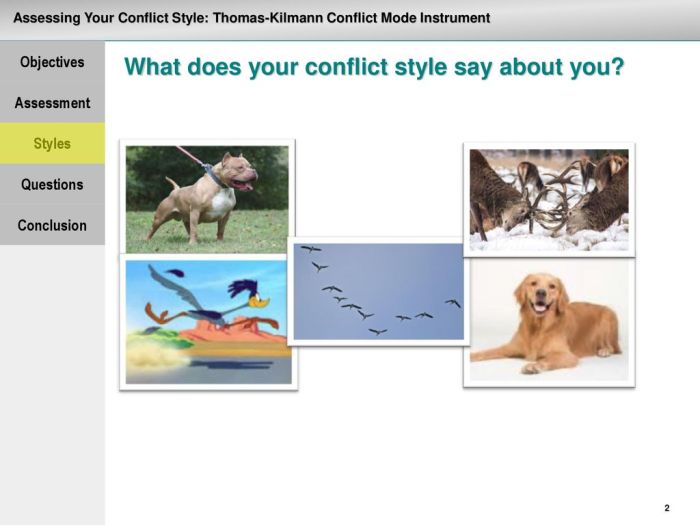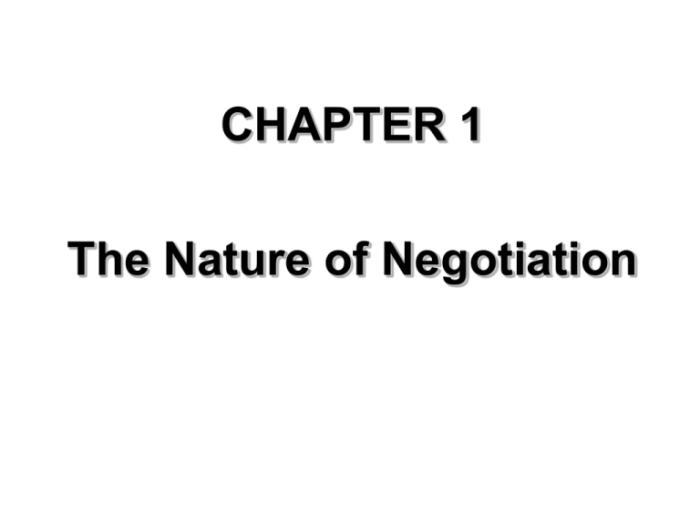Is expedient but it doesn’t solve the underlying conflict – While expedient actions may provide short-term relief, they often fail to address the root causes of conflicts, leading to their persistence or even exacerbation. This article delves into the limitations of expedient actions in conflict resolution and explores alternative approaches that focus on resolving underlying issues.
Expedient actions are characterized by their focus on immediate results, often neglecting the underlying causes of conflicts. While they may temporarily quell tensions, they fail to create lasting solutions and can even worsen the situation in the long run.
1. Expedient Actions and Their Impact on Conflict Resolution
Expedient actions are short-term measures taken to address the immediate symptoms of a conflict without addressing its underlying causes. They are often employed to quickly restore peace or stability, but their effectiveness in resolving the underlying conflict is limited.
Characteristics of Expedient Actions, Is expedient but it doesn’t solve the underlying conflict
- Focus on immediate symptoms rather than root causes.
- Short-term and temporary in nature.
- Often involve concessions or compromises.
- May provide temporary relief but do not resolve the conflict permanently.
Short-Term Benefits of Expedient Actions
- Restore peace or stability quickly.
- Reduce tension and prevent further escalation.
- Buy time to address underlying causes.
Examples of Expedient Actions
- Ceasefires in armed conflicts.
- Negotiated settlements that do not address root causes.
- Temporary agreements to avoid confrontation.
- Truces that provide a brief respite from conflict.
2. Underlying Causes of Conflict
Underlying causes of conflict are the root issues that give rise to disagreements and disputes. They can be personal, organizational, or societal in nature and manifest in various forms.
Root Causes of Conflicts
- Power imbalances.
- Resource scarcity.
- Cultural differences.
- Miscommunication.
- Unresolved grievances.
Types of Underlying Conflicts
- Personal:Disputes between individuals, such as misunderstandings, differences in values, or personal grudges.
- Organizational:Conflicts within organizations, such as power struggles, resource allocation issues, or differences in goals.
- Societal:Conflicts within society, such as ethnic tensions, political divisions, or economic inequalities.
Manifestations of Underlying Conflicts
- Open confrontation.
- Passive-aggressive behavior.
- Withdrawal and avoidance.
- Sabotage and obstruction.
- Violence and aggression.
3. Limitations of Expedient Actions in Addressing Underlying Conflicts

While expedient actions may provide temporary relief, they often fail to address the underlying causes of conflict. This can lead to the re-emergence or escalation of the conflict in the future.
Reasons for Failure
- Do not address the root causes of the conflict.
- May create new grievances or exacerbate existing ones.
- Can mask the true nature of the conflict, making it difficult to find a lasting solution.
Examples of Expedient Actions Exacerbating Conflicts
- Ceasefires that do not address the underlying causes of a conflict can lead to renewed violence.
- Negotiated settlements that do not involve all stakeholders can create new grievances and deepen divisions.
- Temporary agreements to avoid confrontation can prolong the conflict by preventing a meaningful resolution.
4. Consequences of Ignoring Underlying Conflicts: Is Expedient But It Doesn’t Solve The Underlying Conflict

Neglecting underlying conflicts can have severe consequences, including the escalation or re-emergence of the conflict and the erosion of trust and relationships.
Negative Consequences
- Escalation of the conflict.
- Re-emergence of the conflict in a more severe form.
- Erosion of trust and relationships.
- Damage to reputation and morale.
- Increased costs and resources required to resolve the conflict.
Examples of Conflicts Worsening Due to Lack of Attention to Underlying Causes
- The Syrian civil war, which began as a protest movement but escalated into a full-blown conflict due to the government’s failure to address underlying grievances.
- The Northern Ireland conflict, which lasted for decades due to unresolved issues of identity, power, and discrimination.
- The Israel-Palestine conflict, which continues to be unresolved due to the failure to address the underlying causes of occupation, land disputes, and religious tensions.
5. Alternative Approaches to Conflict Resolution

Alternative approaches to conflict resolution focus on addressing the underlying causes of the conflict rather than just the symptoms. These approaches involve engaging stakeholders, facilitating dialogue, and finding mutually acceptable solutions.
Benefits of Alternative Approaches
- Address the root causes of the conflict.
- Involve all stakeholders in the resolution process.
- Build trust and improve relationships.
- Lead to lasting and sustainable solutions.
Limitations of Alternative Approaches
- Can be time-consuming and require significant resources.
- May not be suitable for all conflicts.
- Can be difficult to implement in situations where there is a power imbalance or a lack of trust.
6. Best Practices for Effective Conflict Resolution
Effective conflict resolution involves addressing the underlying causes of the conflict while using appropriate communication, empathy, and active listening skills.
Best Practices
- Identify and address the underlying causes of the conflict.
- Involve all stakeholders in the resolution process.
- Facilitate dialogue and encourage open communication.
- Practice empathy and active listening.
- Seek professional help when necessary.
Importance of Communication, Empathy, and Active Listening
- Clear communication helps prevent misunderstandings and builds trust.
- Empathy allows parties to understand each other’s perspectives and build bridges.
- Active listening demonstrates respect and shows that you are engaged in the conversation.
Query Resolution
What are the limitations of expedient actions in conflict resolution?
Expedient actions often fail to address the root causes of conflicts, leading to their persistence or even exacerbation. They can mask the true nature of the conflict, making it difficult to find a lasting solution.
What are some alternative approaches to conflict resolution that focus on underlying causes?
Alternative approaches include mediation, negotiation, and collaborative problem-solving. These methods involve facilitating communication, fostering empathy, and actively listening to all parties involved.
Why is it important to involve stakeholders in conflict resolution processes?
Involving stakeholders ensures that all perspectives are considered and that the resolution is acceptable to all parties. It promotes ownership and accountability, increasing the likelihood of a lasting solution.